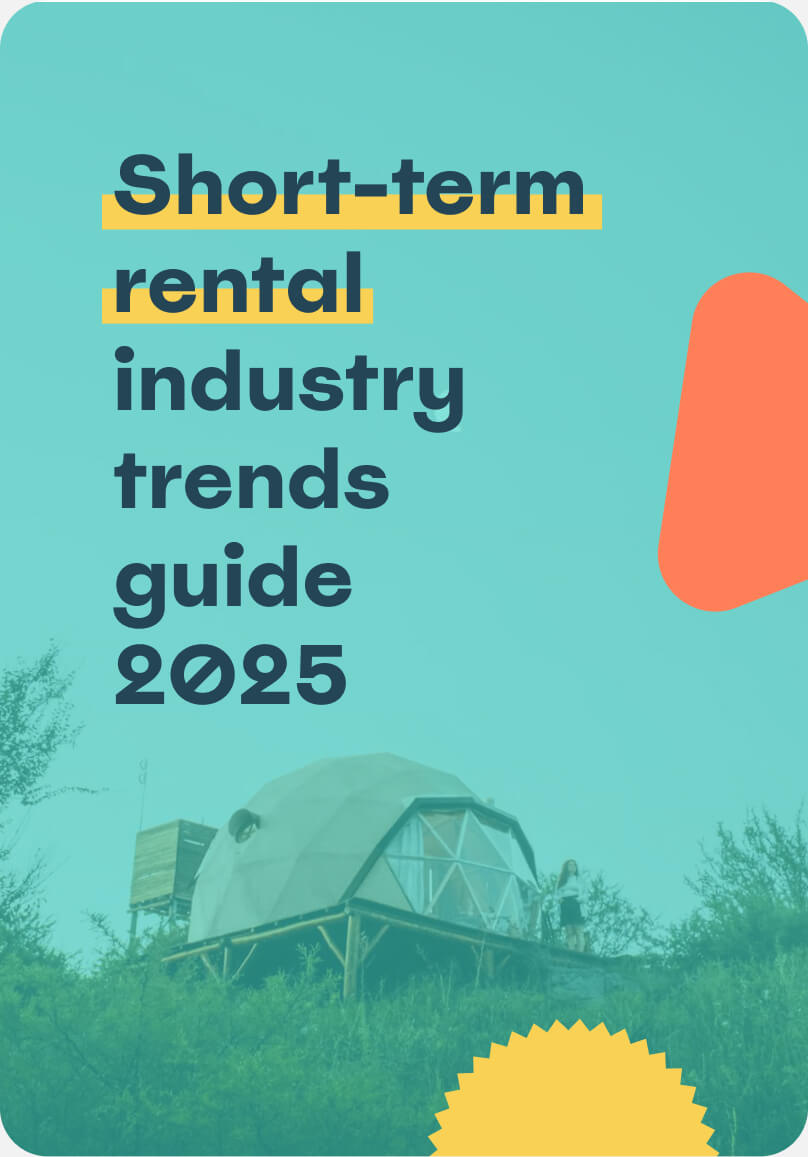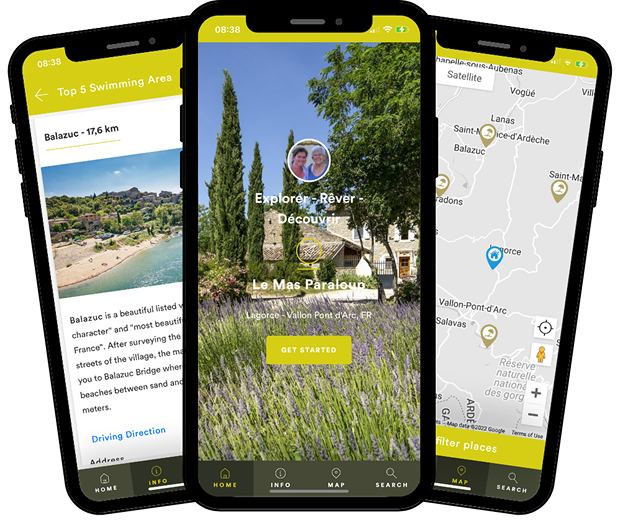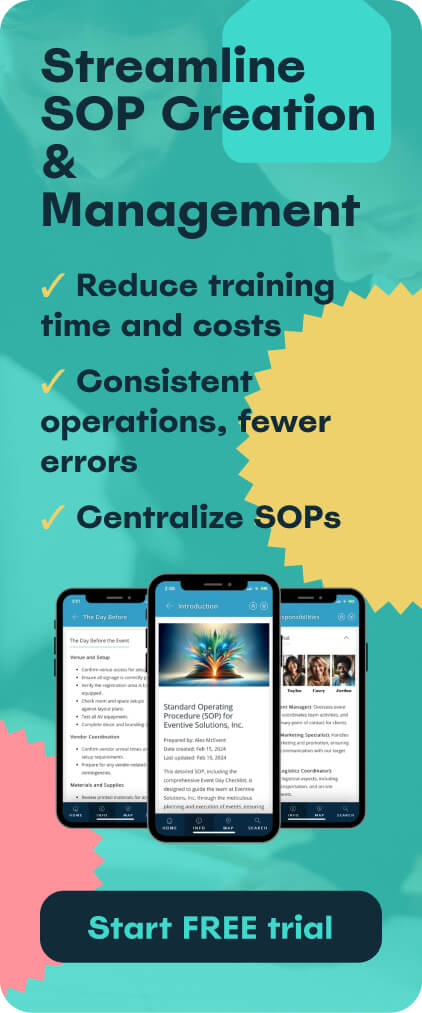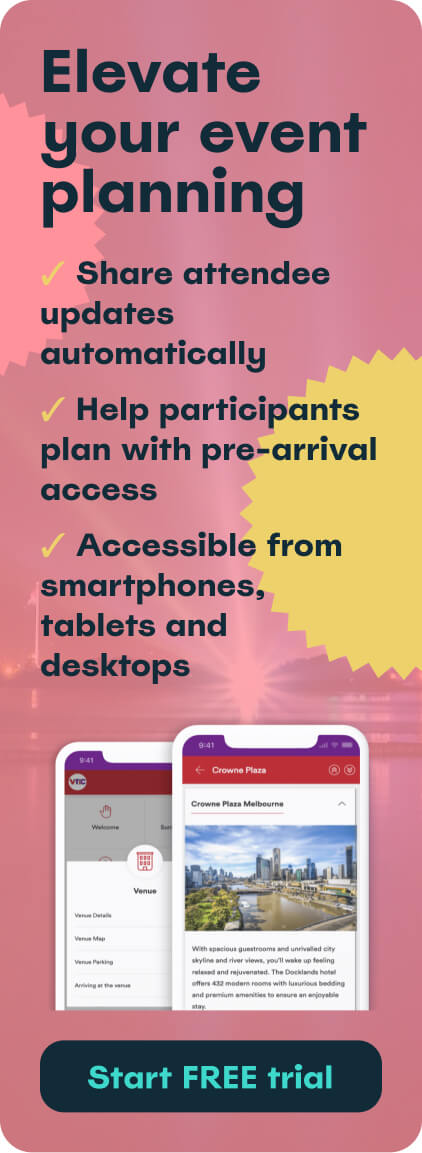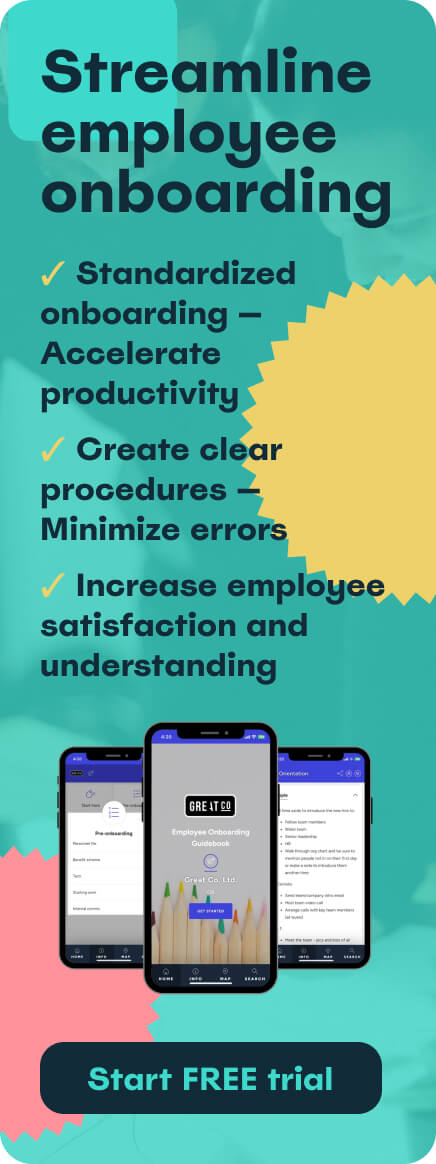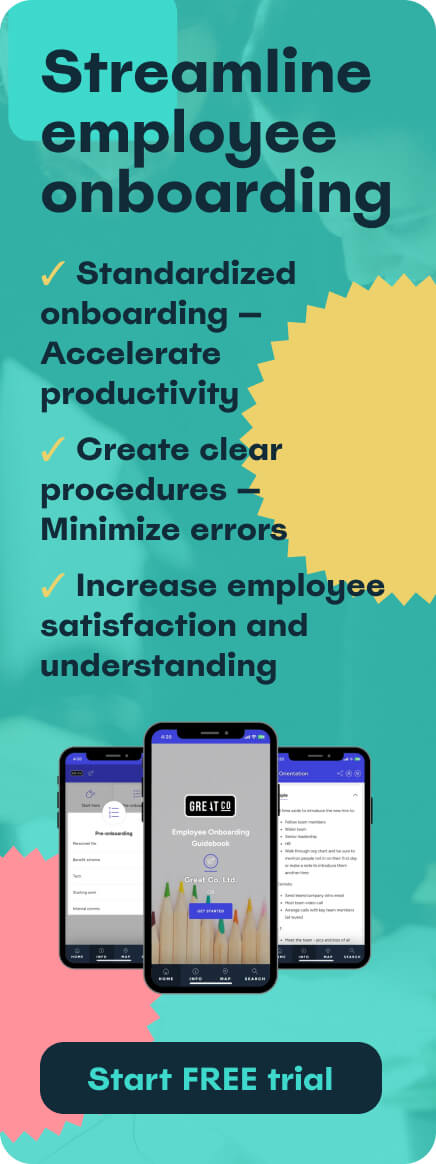The modern workplace demands speed, flexibility and consumer-grade digital tools. For Human Resources (HR) teams, this means moving beyond outdated processes to embrace a strategic technological overhaul. This shift, known as HR digital transformation, is essential for building a resilient, engaged, and productive workforce.
In 2025, digital excellence in HR is a prerequisite for competitiveness. This guide offers a concise roadmap to navigating this transformation, ensuring your HR function is efficient, future-proofed, and focused on an outstanding employee experience.
Here’s what we’ll cover in this complete guide:
- What is HR digital transformation?
- Why is HR digital transformation important?
- How long does digital transformation in HR take?
- Key components of HR transformation
- How to start HR digital transformation
- HR digital transformation: Best practices and strategies
- Key technologies for HR digital transformation
- 10 examples of HR digital transformation
- Problems and challenges of HR digital transformation
- HR digital transformation trends in 2025
- Frequently asked questions
Ready to start your HR digital transformation? Try Touch Stay today.
What is HR digital transformation?
HR digital transformation is the strategic application of modern technology to fundamentally redesign and improve all HR processes, from talent acquisition and employee support to data analysis. It is a holistic change in culture, mindset, and operational delivery, not just digitising paper forms.
The primary goal is to elevate HR from a transactional, administrative function to a strategic, data-driven partner that enables business growth. It focuses on:
- Process Automation: Using technology to handle routine, high-volume tasks (e.g., expenses, absence) to free up HR staff for strategic work.
- Data Utilisation: Implementing systems to collect and analyse real-time workforce data, providing predictive insights into staff turnover and performance.
- Employee Experience (EX): Delivering intuitive, accessible, and mobile-friendly digital tools that simplify work life and boost overall engagement.
A successful transformation equips HR to foster an adaptable and productive workforce, directly contributing to organisational resilience.
Why is HR digital transformation important?
The necessity of this transformation is driven by remote work demands, shifting demographics, and the critical need for operational efficiency. The benefits directly impact the business's competitive edge and bottom line.
It enables remote and hybrid work
Digital tools ensure HR services and vital information are accessible 24/7, from any location. This seamless access is crucial for maintaining productivity and compliance, supporting a flexible work model that legacy systems cannot manage.
It enhances the employee experience
Employees expect work systems to be as intuitive as consumer apps. Digital HR empowers them with self-service portals and instant information, reducing frustration and boosting staff engagement, which is a proven driver of higher retention rates.
It drives efficiency and reduces costs
Automating high-volume transactional tasks—such as time tracking and query handling—significantly cuts the manual workload for HR staff. This lowers operating costs and allows HR professionals to focus their time on strategic activities like talent development and culture.
Pro tip: discover how employee self-service platforms improve HR
How long does digital transformation in HR take?
The duration of HR digital transformation is project-specific, influenced by the organisation’s size, complexity of existing (legacy) systems, and scope. It is an ongoing journey, not a one-off event.
For medium-to-large enterprises, a comprehensive, end-to-end transformation typically spans 18 to 36 months. However, a phased approach is recommended to build momentum and deliver early value.
- Phase 1: Planning (3–6 months): Auditing processes, defining the roadmap, and selecting core technology partners.
- Phase 2: Implementation (6–18 months): Configuring, integrating, and testing new platforms (e.g., HRIS, LMS) across the organisation.
- Phase 3: Optimisation (Ongoing): Post-launch, continuously ensuring user adoption, gathering feedback, and refining the systems to meet evolving needs.
Focusing on quick wins, such as digitising employee onboarding, can deliver measurable results within weeks, successfully demonstrating the value of the broader strategy.
Key components of HR transformation
A successful HR transformation strategy must address four interconnected areas. These components ensure that technology, people, processes, and data align with overarching business goals.
- Strategy and Leadership: The transformation must be a C-suite priority with a clear, inspiring vision for the future of HR. Goals must be defined and aligned directly with business objectives.
- Process Redesign: Technology should enhance, not just mimic, existing processes. Workflows must be simplified, streamlined, and redesigned to be 'digital-first', eliminating unnecessary manual steps.
- Technology Implementation: This involves deploying new software, including the core HR Information System (HRIS), specialised recruitment and learning tools, and complementary platforms like digital guidebooks for standard operating procedures (SOPs).
- People and Culture: The most critical component requires upskilling HR staff to be data-literate and consultative, and implementing a robust change management plan to secure the adoption of new digital tools by the wider workforce.
A well-structured data pipeline is essential to connect these systems, ensuring consistent, secure, and automated data flow between platforms. By establishing clean and reliable data pipelines, organisations can eliminate manual uploads, improve analytics accuracy, and maintain a unified view of employee information across all HR tools.
How to start HR digital transformation
Starting the journey requires a methodical, staged approach that prioritises solving business problems and enhancing employee experience.
Audit current processes and systems
Conduct a thorough assessment of your existing HR environment. Identify all pain points: manual workflows, paper dependencies, system silos, and staff frustrations. This audit establishes the baseline for improvement and defines the quantifiable reasons for change.
Define the employee experience vision
Focus on the employee journey. Map out the entire lifecycle and pinpoint moments of friction, especially where repetitive queries flood the HR team. Choosing digital tools that address these recurring issues is the best starting point.
Implement quick wins and build momentum
Choose a high-visibility process to digitise first, such as onboarding. Instead of scattered documents, use an intuitive platform to house all essential new starter information.
Touch Stay offers a powerful solution for this. Its digital guidebooks are used by organisations to create elegant, mobile-friendly guides for onboarding, SOPs, and employee FAQs. By centralising information delivery, you significantly reduce repeat questions for HR staff, saving time and delivering a superior welcome experience.

Ready to simplify information delivery? Start your transformation with a free trial today
HR digital transformation: best practices and strategies
Success relies on strategic discipline, managing both the technology and the people affected by the change.
- Adopt an Agile Mindset: Implement new functionality in short cycles. Gather user feedback continuously and make swift adjustments. This iterative approach reduces risk and ensures the final solution is user-centric.
- Prioritise Data Security and Compliance: With centralisation, GDPR and other regulations are critical. Ensure all technology choices and migration plans meet the highest security standards from day one.
- Invest Heavily in Change Management: User adoption is the biggest hurdle. Develop a robust change strategy with clear communication, transparent leadership support, and training that highlights the personal benefits for every employee.
- Focus on Integration, Not Silos: Ensure your core HRIS integrates seamlessly with all supporting tools (payroll, LMS, digital guides). Data must flow freely to eliminate manual entry and maintain a unified employee record.
Key technologies for HR digital transformation
The modern HR tech stack is designed for connectivity and intelligence. These core technologies are essential for digital maturity in 2025. Explore how streamlined information delivery can complement your tech strategy with a Touch Stay free trial.
HR Information Systems (HRIS) or Human Capital Management (HCM)
The essential backbone, acting as the single source of truth for all employee data, compensation, and history. Modern systems offer mobility and powerful analytics.
AI recruitment tools
Artificial Intelligence automates high-volume tasks like CV screening, candidate sourcing, and interview scheduling, speeding up time-to-hire and reducing bias.
Payroll automation and robotics
Automation tools integrate with the HRIS to automatically calculate and process wages and deductions, significantly reducing manual errors and time spent on compliance.
Learning Management Systems (LMS)
A centralised platform for the delivery, tracking, and management of all employee training, supporting personalised learning paths and mandatory compliance training.
People analytics and workforce planning
These tools transform raw HR data into strategic insights, providing predictive analytics on staff turnover, skills gaps, and the effectiveness of HR programmes.
Pro tip: Learn everything you need to know about how to onboard a new employee: processes, best practices and metrics
10 examples of HR digital transformation
These concise examples illustrate how diverse companies are using digital transformation to solve specific business problems.
1. Global bank: automated compliance checks
Used Robotic Process Automation (RPA) to automate thousands of manual data checks for quarterly regulatory reporting, improving accuracy. [Note: This example implies a diagram of the workflow.]
2. Tech firm: cloud-based HRIS
Migrated from fragmented spreadsheets to a unified cloud HRIS, centralising data and cutting system maintenance costs significantly. [Note: This example implies an HRIS dashboard screenshot.]
3. Retail chain: mobile shift scheduling
Implemented a staff mobile app for viewing rotas and requesting swaps, vastly improving manager efficiency and staff flexibility. [Note: This example implies a mobile app screen.]
4. Manufacturing company: digital SOPs
Deployed digital guidebook platforms to create accessible SOPs for the factory floor, significantly reducing operational errors. [Note: This example implies a tablet showing a digital SOP.]
5. Public sector: AI candidate screening
Used AI to anonymise and screen the initial stage of recruitment applications, eliminating unconscious bias and increasing diversity. [Note: This example implies an AI screening interface.]
6. Logistics firm: continuous performance
Replaced the annual review cycle with a continuous feedback platform, resulting in an uplift in employee goal attainment and accountability. [Note: This example implies a performance management platform.]
7. Financial services: automated onboarding
Digitised all new starter paperwork and integrated it with the HRIS, reducing the time to process a new employee from days to hours. [Note: This example implies a digital signature workflow.]
8. Energy company: gamified learning
Launched a gamified LMS for mandatory safety training, achieving a near-perfect completion rate through engaging, competitive learning. [Note: This example implies a learning leaderboard.]
9. Media agency: predictive analytics
Used analytics software to identify key indicators of staff turnover, allowing management to intervene proactively with retention strategies. [Note: This example implies a turnover prediction graph.]
10. Healthcare provider: digital manuals
Created a mobile-accessible library of digital training manuals for complex equipment, ensuring staff had instant, up-to-date access to critical information. [Note: This example implies a training manual interface on a mobile device.]
Problems and challenges of HR digital transformation
The journey is complex, and anticipating these common pitfalls is essential for mitigation and successful project delivery.
Resistance to change
The problem: Staff are often resistant to new systems, preferring familiar (if inefficient) manual processes, leading to poor adoption rates. The solution: Focus training on the personal benefit for end-users. Demonstrate clearly how the new system simplifies and improves their daily work.
Data migration and integration complexity
The problem: Moving data from old, disparate systems to a new platform is technically complex and often exposes poor data quality. The solution: Conduct a thorough data cleanse and standardisation before migration. Use system integrators to ensure secure, smooth data flow between all systems.
Underestimating the true cost of ownership
The problem: Organisations often focus only on initial licence fees, neglecting the costs of customisation, integration, ongoing maintenance, and necessary staff upskilling. The solution: Develop a realistic Total Cost of Ownership (TCO) model that projects all associated costs over a three-to-five-year period.
HR digital transformation trends in 2025
Several key trends will define the future of HR, making the function smarter, more personalised, and more agile in the coming years.
Hyper-personalisation of the employee journey
Advanced analytics will enable HR to offer bespoke experiences, including personalised learning paths, tailored benefits, and career guidance based on individual data.
AI and machine learning for predictive management
AI will shift to predictive management, forecasting critical events like staff turnover or skills shortages and automatically recommending interventions or learning modules.
Continuous feedback and performance ecosystems
The annual review is being replaced by integrated, continuous systems that facilitate instantaneous feedback and dynamic goal-setting adapted to changing business priorities.
The rise of HR self-service portals and digital knowledge bases
The demand for instant, autonomous information access will make robust self-service platforms essential for deflecting routine queries and boosting employee autonomy.
Understanding the practicalities of transformation is crucial. To solve your employee information delivery problems simply, try Touch Stay today!
Frequently asked questions
High-volume, repetitive processes benefit most, including employee onboarding (via digital guides), payroll administration, absence management, and the initial recruitment screening stages.
A common framework, the '5 D's' often stands for: Define (the vision), Discover (current challenges), Design (the future state), Develop (the new technology), and Deploy (rollout and embed the change).
They are the strategic leader, ensuring the transformation strategy is delivered on time and within budget, focusing heavily on change management and stakeholder alignment between HR and IT.
It removes friction by providing instant, mobile access to vital information, simplifying administrative tasks (e.g., expenses), and making all interactions smooth, modern, and consumer-grade.
No. Technology is the catalyst, but transformation is fundamentally about strategy, people, and process redesign. Focusing solely on software without securing user adoption is the most common reason for project failure.

Ned
Ned has clocked up over 11 years in digital marketing and comms, with a strong focus on creating engaging content for a range of brands and agencies. When he’s not writing, he can be found digging for records, peering through his telescope at the night sky, or onboard his local lifeboat where he volunteers as a crewmember.
Be the first to know!
Join our newsletter for early access to:
- ✅ Free guides
- ✅ Pro tips & tricks
- ✅ Time saving tutorials
- ✅ Latest blog posts
- ✅ Checklists & templates
